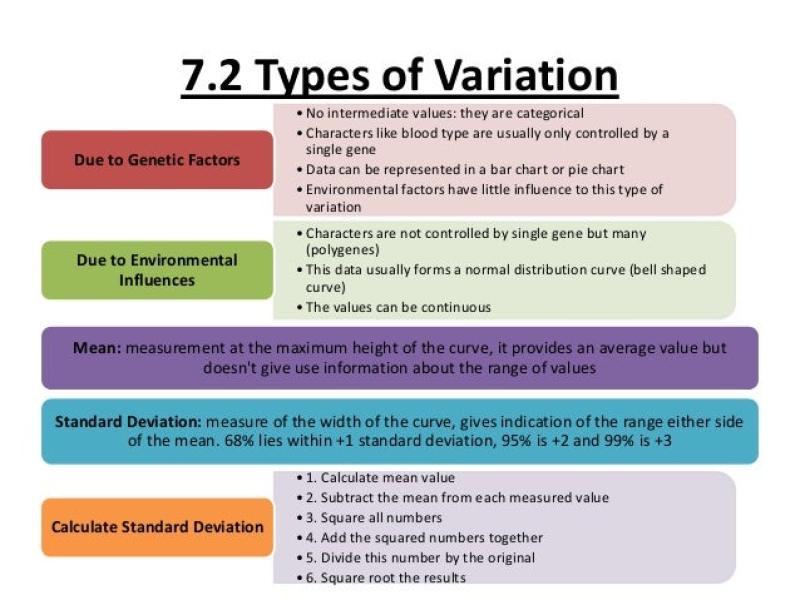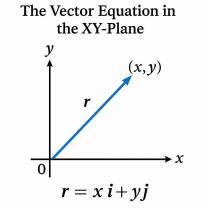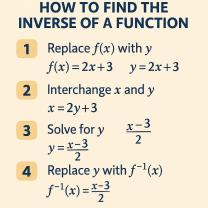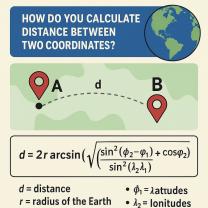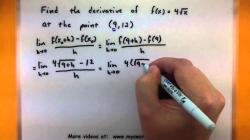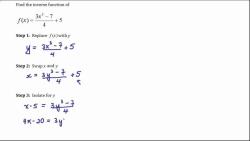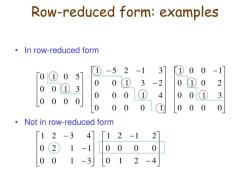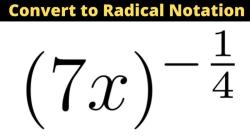What does joint variation mean?
In mathematics, joint variation is a concept that describes a situation where a variable depends on the simultaneous variation of two or more other variables. It combines both direct and inverse variation.
The joint variation formula is often written as:
Here:
- is the dependent variable.
- and are independent variables.
- is a constant of proportionality.
In this formula, varies directly with and inversely with . This means that as increases, increases proportionally, and as increases, decreases proportionally. The constant represents the combined effect of these variations.
For example, if represents the total cost of a product, represents the quantity of items purchased, and represents the discount applied, you might have a joint variation relationship if the cost varies directly with the quantity purchased and inversely with the discount rate.
Understanding joint variation is essential in modeling real-world situations where multiple factors contribute to a particular outcome or quantity.
Joint Variation in Mathematical Relationships
1. Joint variation describes a relationship between a variable (y) and two or more other variables (x, z, etc.) where the value of y changes proportionally to the product of the other variables. This means that if any of the other variables increases or decreases by a certain factor, the value of y will also increase or decrease by the same factor.
Here's the mathematical representation:
y = k * x * z
where:
y: The dependent variable.x,z: Independent variables.k: A constant of variation.
This constant k determines the specific proportional relationship between the variables. For example, if k = 2, then doubling either x or z will double the value of y.
Here are some real-life examples of joint variation:
- The area of a rectangle varies jointly with its length and breadth.
- The volume of a prism varies jointly with its base area and height.
- The force of gravity varies jointly with the masses of two objects and the square of the distance between them.
Identifying and Calculating Joint Variation
1. Identifying Joint Variation:
There are several ways to identify whether a relationship between variables exhibits joint variation:
- Proportional Change: If increasing or decreasing any independent variable by a certain factor results in a proportional change in the dependent variable, it suggests joint variation.
- Constant Ratio: The ratio of the product of independent variables to the dependent variable should remain constant across different sets of data points.
- Unit Analysis: Check if the units of the equation are consistent with the units of the variables.
2. Calculating the Constant of Variation:
Once you've confirmed joint variation, you need to find the constant k. You can do this by using one of the following methods:
- Substitution: Use a known set of values for the independent and dependent variables to solve for
k. - Multiple Data Points: Use multiple sets of data points to form a system of equations and solve for
k.
Here's an example:
Suppose you have data on the distance traveled by a car (d) in relation to its time (t) and speed (s). The equation is:
d = k * t * s
If you know that the car travels 30 miles in 2 hours at a constant speed of 15 mph, you can use this information to find k:
30 = k * 2 * 15
k = 1
Therefore, the constant of variation is 1, and the equation becomes:
d = t * s
By understanding and applying the concept of joint variation, you can model and analyze relationships between various quantities in different fields, including physics, engineering, and finance.
